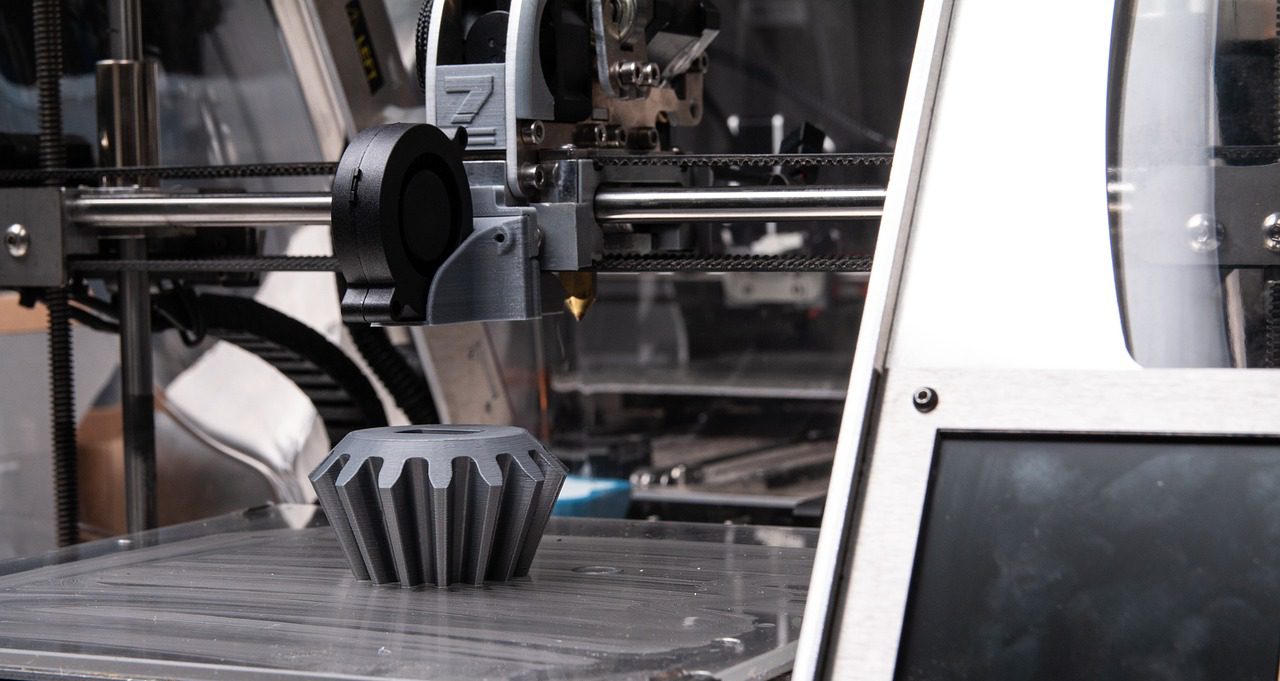This post is also available in:
 עברית (Hebrew)
עברית (Hebrew)
A research team from EPFL (École Polytechnique Fédérale de Lausanne) in Switzerland have developed a fixed-wing drone that can survive crashes far better than typical aircraft of its kind—thanks to a design inspired by the structure of a woodpecker’s head.
The drone, called SWIFT, has a key difference from standard fixed-wing models: it’s built to flex, absorb shock, and protect its internal systems during collisions. Fixed-wing drones are generally faster and more efficient than multi-rotor versions, but their rigid structure makes them more vulnerable to damage, especially in unpredictable environments. That’s where SWIFT stands out.
Rather than adding armor or external protection, the design team took a different approach. They looked at how woodpeckers can endure repeated high-speed impacts without injury. In these birds, a combination of bone structures, soft tissues, and internal spacing helps distribute and manage force in a way that protects the brain.
To replicate this, the SWIFT drone uses a tensegrity structure—a lightweight framework where rigid rods are held in place by elastic cables. Carbon fiber rods act as the drone’s “bones,” while flexible strips and stretchable cords mimic the spongey bone layer found in the bird’s anatomy. The drone’s core components, including the motor and electronics, are suspended inside this frame, allowing them to shift slightly on impact rather than bearing the full force.
This design is extended to the wings as well. Using a similar mix of materials, each wing is connected in a way that allows movement and flexibility, which helps prevent breakage during collisions.
Tests have shown that the structure can reduce impact forces by up to 70% compared to traditional fixed-wing drones. The research, recently published in Advanced Robotics Research, highlights how insights from biology can inform safer, more resilient drone systems—particularly in missions where avoiding contact with obstacles isn’t always possible.


























